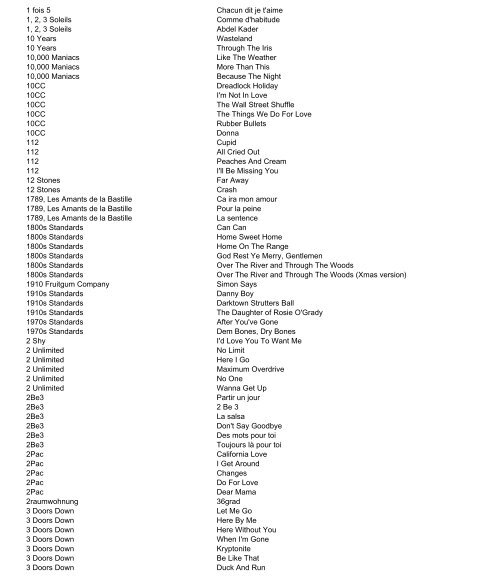

Ever since recording like that, without thinking twice like that, I have changed the way I look at making music.
#2pac hail mary instrumental mp3 download full
It was full speed ahead until it was done-as if it was guided or meant to be. No one thought twice no one doubted anything. This song just flowed out of everyone that was a part of it. After the vocals were done, 'Pac had Ricky Rouse replace my keyboard bass and guitar parts with live bass and guitar parts, and the song was done-less than two hours total.

Then he told Val Young what the concept was, and she went in and laid her chorus vocal in one take, too. He went in the booth without telling anyone what the track was about he just laid it in one take-over about three tracks. I went home and hooked it up as fast as I could, and I think I came back the same night and he listened to the track three times, and in like 15 minutes he was already done with his lyrics. He felt it and told me to go home and hook up a beat like that. I was in the studio with 'Pac, I had some records with me, and there was this old song that I played for him to see if he liked the vibe. Furthermore, this theme of representation is also connected to the political commitments of Tupac Shakur as he was in the midst of deepening his political activity in the form of the creation of a Hip-Hop political party prior his murder. The names of the cities that are on the album cover may be a representation of Tupac's belief that he represents the entirety of the African-American community in his public vilification, that he, like African-American people as a whole, is on display to be gazed upon and judged through the Euro-American racial prism.

The parental advisor sticker could be a reference to both what he perceived to be his demonization due to his promiscuous lifestyle, but also and most importantly, it could be a reference to his conviction of sexual assault, a charge in which he maintained his innocence against. There are many interpretations of this album cover, the primary theme communicates that through depiction, Tupac is highlighting what he perceives to be his being vilified by the media and left alone to suffer his fate. Mean of the Outlawz recalls: 'At the time Hurt-M-Badd, who was just an up-and-coming producer at Death Row, and Darryl Harper, who was an R&B producer - Suge had him working on all the R&B projects - they had a green room up in Can-Am which everybody around Death Row called the 'wack room' because they said 'Ain't nothing but wack shit come out of there.' But we was up in the studio one day and we trying to get music done - ain't none of us producers - we see them two niggas in the 'Wack room' and 'Pac like, 'Go get them niggas.' So niggas go bring them, 'Pac just putting niggas to work like, 'I need a beat here, I need y'all to do this, do that.' And these are niggas that nobody at Death Row was fucking with. The other two producers were Hurt-M-Badd and Darryl 'Big D' Harper. Shakur also co-produces three tracks on the album. The only producer with whom Shakur had worked prior to this album was QD3, the son of Quincy Jones and half-brother of Shakur's girlfriend Kidada Jones. Many of Shakur's usual producers were not involved in the project. The album cover, which features Shakur on the cross in an attempt to convey his crucifixion by the media, is intended to imply an artistic resurrection and was created in mid-August 1996.

Death Row's tumultuous staff at the time would incorrectly label the title as 'The Don Killuminati: The 7 Day Theory.' Ronald 'Riskie' Brent is the creator of The 7 Day Theory cover painting. Tupac wanted the album to be called 'Killuminati: The 7 Day Theory,' with Makaveli the Don referenced as the artist name and Killuminati: The 7 Day Theory as the main title. Mean of The Outlawz & Ronald 'Riskie' Brent revealed in an August 2014 interview that the official name of the album was mixed up in the rush to release the album following Tupac's death. The album's preliminary title was 'The 3 Day Theory', (originally consisted of around 14 tracks). These are the last songs Shakur recorded before his fatal shooting on September 7, 1996. The lyrics were written and recorded in only three days and mixing took an additional four days. The album was completely finished in seven days during the first week of August 1996.


 0 kommentar(er)
0 kommentar(er)
